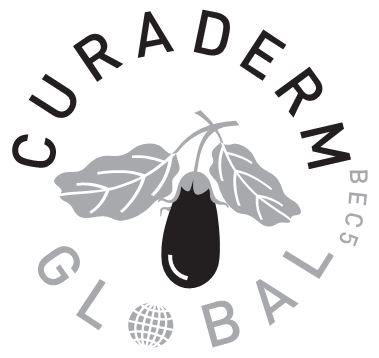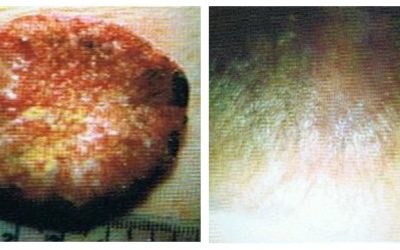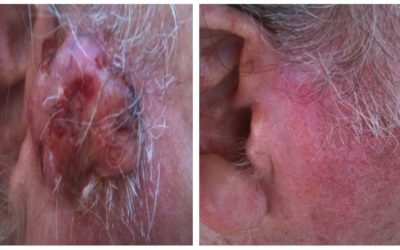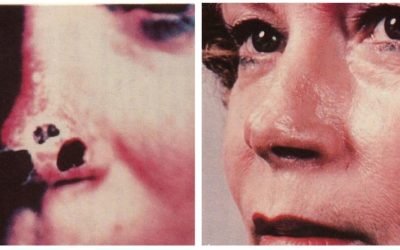History
Curaderm Global’s unique and strong range of products originate from Dr Bill Cham and his team’s extensive research and development of a natural plant product of the Solanaceous family, including the Devil’s Apple and Eggplant.
The study of the BEC glycoalkaloids as potential anti-cancer agents began with Queensland researcher Bill Cham in the late 1970s. Cham heard reports from farmers that topical application of the Devil’s Apple plant was effective in slowing the growth of various skin cancers on cattle.
Animal studies and in vitro cell culture studies showed positive anti-cancer results. Cham decided to focus his energies on developing the glycoalkaloid mixture, patented as BEC, as a topical cream for non-melanoma skin cancers.
In 2000, Dr Cham licensed the intellectual property rights of BEC for systemic (internal) cancers to Solbec Pharmaceuticals Ltd. Solbec showed that BEC displayed good results against peritoneal mesothelioma in animals, followed by human encouraging clinical trials.
In the meanwhile, since 2000, Dr Cham continued to concentrate on further developmental studies of BEC on skin cancer and other skin related diseases. These efforts were rewarded by the involvement of many other scientists worldwide, who expanded Dr Cham’s developments as shown in the graph.

In 1987 Cham was the first to report that BEC had anticancer properties and in 2020, more than 1800 independently published articles describing the anticancer properties have been documented. In addition, there has been an explosion in the scientific interest of BEC and its components. In the year 2020, more than 1.7 million searches of these compounds have been reported
In collaboration with many independent scientists, the full pharmacological, toxicological and efficacy studies have now been completed resulting in the understanding why BEC is regarded as the Gold Standard for the treatment of skin cancer [1, 2, 3, 4].
References
[1] Curaderm, the Long-Awaited Breakthrough for Basal Cell Carcinoma. International Journal of Clinical Medicine. 2020. 11(10), 579-604.
Doi: 10.4236/ijcm.2020.1110050
[2] The Pharmacology of Curaderm in the Treatment of Basal Cell Carcinoma. 2022. Clinical Medicine Review and Case Reports. 9, 399.
Doi: 10.23937/2378-3656/1410399
[3] The Value of Excipients in Product Development, an Impactful Example of Curaderm, a Topical Skin Cancer treatment. International Journal of Clinical Medicine. 2024. (DOI TO BE ADDED)
[4] Gold Standard for Skin Cancer Treatment: Surgery or Microscopic Molecular-Cellular Therapy? Journal of Cancer Therapy. 2024. (DOI TO BE ADDED)



